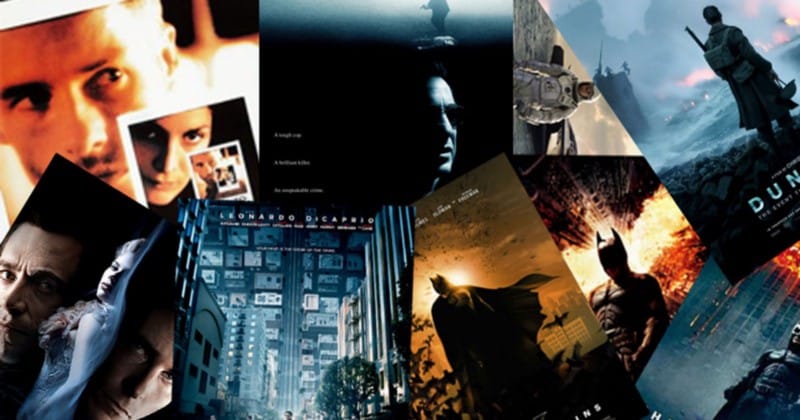Tone Deaf
The importance of tone and pacing in story

I’ve been watching a lot of TV and movies lately. Something that has been crossing my mind more recently, are two of the most crucial elements in stories — tone and pacing. They work off each other, and typically, if one is unbalanced so is the other. The result is a confusion of understanding of what you are suppose to be watching.
Why? Because tone and pacing are the subtextual language with which the story communicates with the audience. They are shaped at every aspects of the creation process- the story creation, the filming, and in post. All crucial in conveying and molding expectations of the final story presented on screen.
In the shows I’ve seen a wide variety of tone and pacing, ranging from spot on, to frustratingly off.
So what makes tone and pacing so important? Tone is the point of view the story is taking, setting the rules and context of what is being told. Pacing is speed at which the story happens.
Tone sets how the audience should interpret the information they are given. Pacing is the rate in which they are given this information.
These two elements work off one another working to strike the right balance for the story being told and how the creators want it presented.
The reason I bring this up is, with all the various show’s I’ve been watching, I’ve been noticing how foundational they are for movied and TV.
If the tone and pacing are set correctly, it sets the story up with a confidence of vision and purpose. The viewer will more likely trust the story and give into the suspension of disbelief. When set correctly, story beats and characters traits are given less scrutiny, the audience more forgiving of any flaws or holes.
But when they are off, missteps are magnified, interesting characters are lost, and significant moments don’t resonate.
As the tone and space are both formed throughout the creation process, it can’t show up on the screen if it is not imbedded in the story from the beginning.
Think about all the movie you watch in a year. Most are forgettable. While they maybe good and decent, they don’t have that intangable something that plants it’s flag in your brain and your heart.
I recently watch an organized crime movie set in 70’s New York. The premise and actors involved made it an enticing watch. But half way through the movie, I was questioning what I was watching, who I was rooting for. There was a lot happening in the story, but so much so that it all began to blur together. It was a bullet list of story beats that hit continuously the entire film. There was no room to breath, no room for me to get to know the characters. Things kept happening, the story kept moving, but I didn’t care because the pacing on warp drive. Because of this, while it had a visual style, there was no tone. It had no voice to it helping me understand what it was trying to say.
As an aside, for what I mentioned above, style is not tone. While they can often feel harmonious together, they are not mutually exclusive with one another. You can have crisp visuals and a chic look, but that doesn’t mean the story expressed a point of view. Inversely, a movie or tv series may not have a distinct look, but has the courage of its intentions. I’d take the latter any day.
When I think of a master of tone and pacing, a great example is Christopher Nolan. I mean time is literally a hallmark story tool for him. Everything is methodically paced. The tone finally tuned. His stories are typically very high concept and epic in scope, which can lead to some issues with plotting. But that doesn’t matter. You feel his movies. You experience his movies. Not that he’s perfect- The Dark Knight Rises (see above for too much story) and Inception (see above for style over substance), but his missteps are a function of pushing the envelope.
Another example of pitch perfect tone and pacing is the Fast and Furious franchise. While constantly having to create new, amped up stories and sequences, in addition to introducing new characters to the series, everything always fits. No matter how wild and outlandish, as the series has grown from petty street racing to near superhero status, it all feels right. And FUN! That is because of the right tone and pacing for the story and characters, it has progressively reestablished that understanding to the audience each time.
But this doesn’t mean setting tone and pace is only for epics. It’s for every movie or show you watch. The tone helps set the feel for the show. How gritty are we getting, how deep are we going to dig, are we staying near the surface? A Lifetime movie needs a defined tone with the correct pacing as much as a David Fincher film.
Every movie has a tone and pacing. It’s inherent in the work itself. It’s the unspoken language that the audience intuitively understands. There is no set right or wrong tones, but they are fragile and not easy to mold. When out of sync, the show become forgettable. But in the hands of confident and capable creators, it can make even the most seemingly benign subject memorable and fascinating.





Comments ()